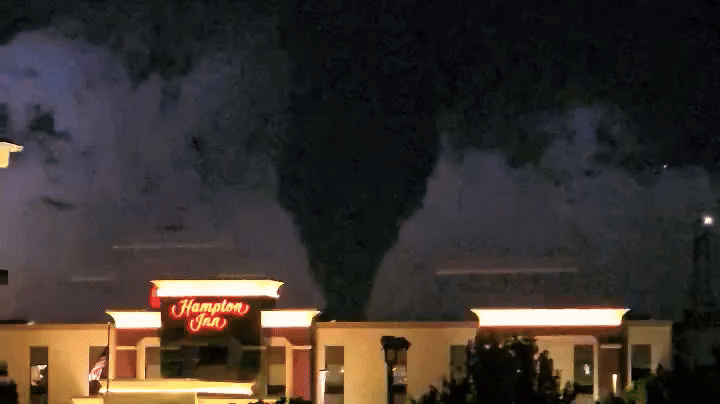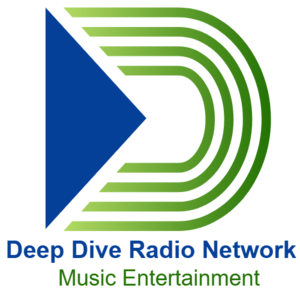Intuitive Machines is preparing to launch its second robotic mission to the Moon in two years, sending another batch of science to the lunar surface and, for the first time, testing 4G cellular service on another world.Intuitive Machines and SpaceX plan to launch the Nova-C lander named Athena from NASA’s Kennedy Space Center in Florida no earlier than Feb. 26. The mission is part of NASA’s Commercial Lunar Payload Services (CLPS) program, and it will be the Houston-based company’s second CLPS mission for NASA in as many years. Last year, Intuitive Machines made history as the first U.S. mission to land on the Moon since 1972, and the first private company to achieve a lunar landing. Only about half of all lunar missions succeed. SEE IT: FIREFLY’S LUNAR LANDER ZOOMS 75 MILES ABOVE FAR SIDE OF MOONIn addition to the lander with a host of payloads going to the Moon, NASA’s Lunar Trailblazer spacecraft is ride-sharing on the Athena lander. The spacecraft will journey to lunar orbit to map out water on the Moon. But probably one of the most relatable missions going with Athena is something many of us on Earth take for granted: cellphone service. With NASA’s plans to send astronauts back to the Moon as part of the Artemis program and maintain a presence there, communication between people, mission control on Earth and different space vehicles will be essential.Nokia’s Bell Labs’s Lunar Surface Communication System (LSCS) is a “network in a box” designed to operate on the lunar South Pole. Creating a cellular network on the Moon offers different challenges than on Earth. The system must be lightweight, operate in a dusty lunar environment and maintain temperature. According to Nokia Bell Labs, the LSCS has its own thermal management system to handle heating and cooling through conduction and radiation. ASTROBOTIC FINDS NEW PRIVATE MOON ROVER TO DELIVER AFTER NASA PULLS PLUG ON VIPER MISSION”We intend to prove that cellular technologies can provide the reliable, high-capacity and efficient connectivity needed for future crewed and uncrewed missions to the Moon and eventually Mars,” Thierry Klein, president of Bell Labs Solutions Research at Nokia, said in a statement. “Cellular technology has irrevocably transformed the way we communicate on Earth. There’s no reason it can’t do the same for communications on other worlds.”After Athena touches down, two Moon vehicles will deploy to test the 4G network: Intuitive Machines’ Micro-Nova Hopper named “Grace” and Lunar Outpost’s Mobile Autonomous Prospecting Platform (MAPP) rover. If successful, both vehicles will use the LSCS to communicate with Athena on the Moon, even when Grace descends into the permanently shadowed craters of the Moon.Nokia and Intuitive Machines hope to transmit photos and video, potentially of the first image of ice on the Moon, back to Athena through the lunar cellular network.When NASA’s Artemis astronauts land on the Moon in the next few years, their spacesuits will use similar Nokia cellular technology.SpaceX and Intuitive Machines are targeting a four-day launch window opening on Feb. 26 for the IM-2 mission.
/
February 19, 2025
Moon’s first cell service could become reality during next US lunar mission set to launch next week



